To go to Treasure Island these days, no need for a pirate ship. Just take the ferry. So did we, together with many others, and took the 3-hour ride from Nynäshamn to Visby, not long after Midsommar of 2018. All the ships were crowded, which is not unusual for Midsommar, when everybody in Sweden takes their summer vacation. Which the Swedes world-famously spend in their beautiful home country.
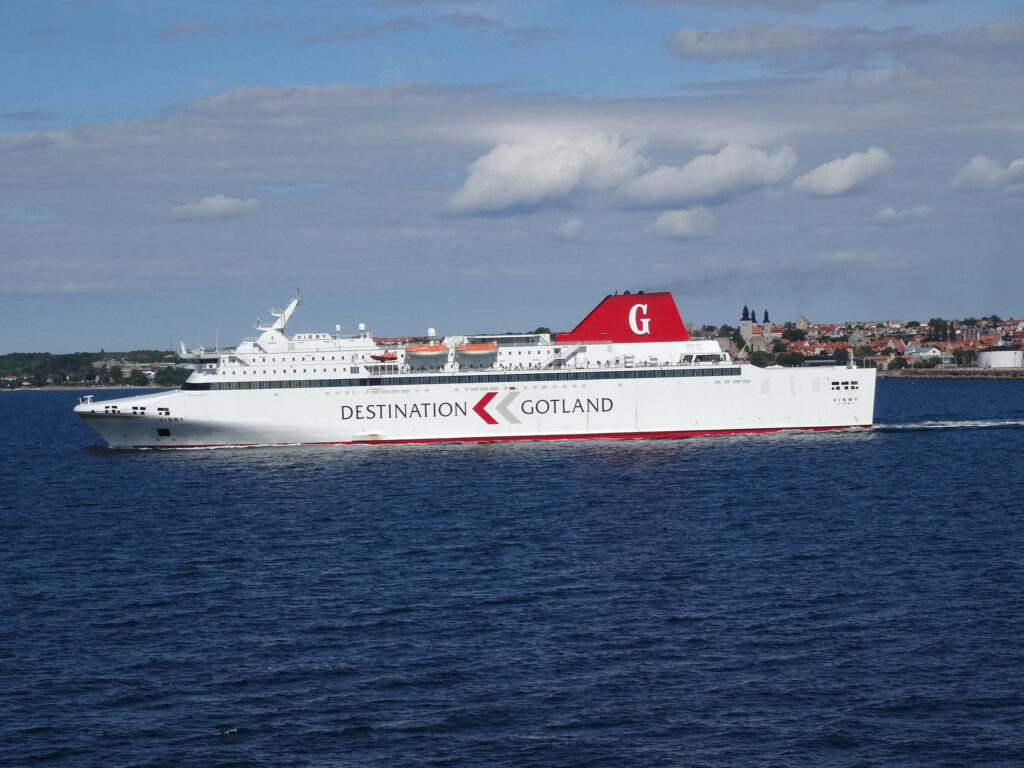
One of their favorite holiday destinations is the island of Gotland. I assume it is not so much because of its numismatic importance, but rather because this island offers beautiful white sandy beaches. Almost like in the Caribbean, and in fact, the white sand comes from a coral reef which, millions of years ago, was where Gotland lies today.

A small relict of that past are the so-called rauks, bizarre rock formations that the wind, together with tiny grains of sand, has turned into curious natural monuments. They’re the stars of Gotland. Packs of visitors go there and have picknicks at their feet. They’re perfectly suited for a family vacation, since the little ones don’t need to be entertained when they have such a wonderful adventure playground with personal climbing rocks at their disposal.

Gotland is not only a favorite destination of large Swedish families, but also of the Baltic See luxury liners. After all, Visby, Gotland’s main town, received the UNESCO label of World Heritage Site – including all the negative side-effects. The best Old Town locations have been taken over by souvenir shops, and all the sights are overcrowded (except for the museum, which we greatly appreciated).

When we arrived with the ferry in Visby Sunday night, we put up right at the harbor, in a hotel of the Scandic chain where I had booked a room. Compliments to this Scandinavian hotel chain’s marketing! Without any false statements, the website gives a completely different impression of the rooms to be expected (even though we booked “Standard Plus”). It wasn’t until after the third change of rooms that we finally got one where we would happily stay for a couple of days. So much for the Germans’ reputation. In Sweden, it seems not to be all that customary to complain.

Naturally, the first day was dedicated to the city of Visby. It probably didn’t emerge until the 8th century – at the same time as the Baltic Sea trade itself. Let’s not forget: In the wake of the conquests of the Followers of Muhammad, ancient, well-established trade lines came to a standstill. Since there was still a demand in the West for the goods from the East (and vice-versa), alternatives were sought. One of them was the system of rivers in today’s Russia, which merchants from the North used to get to Miklagard. Never heard of Miklagard? Miklagard – the Great City – was how the Vikings called Constantinople. And the Vikings in turn were known as “Varangians” at the Byzantine imperial court and, since 988, served as the Emperor’s personal guard time and again.
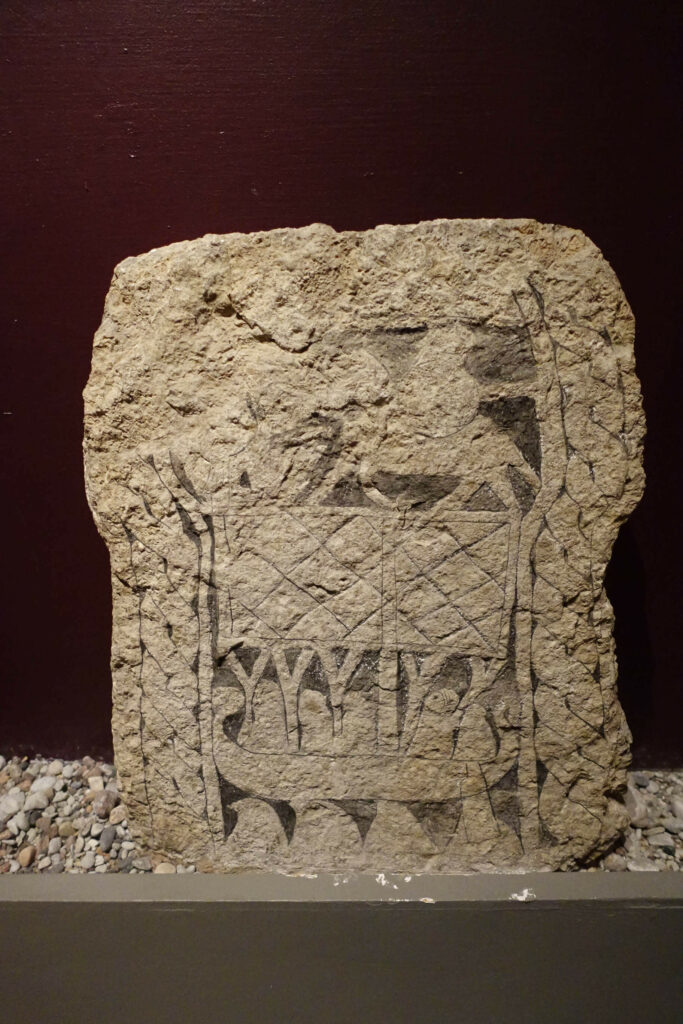
Back then, Visby was just one of many trading posts. Because on Gotland, there were no feudal lords prohibiting the peasants from trading for their own. On the contrary, every peasant of importance at the time probably had his own ship to send the island’s riches over the sea in order to trade them in for the treasures of the East (or, if the opportunity arose, do some pillaging to boost the travel funds …).
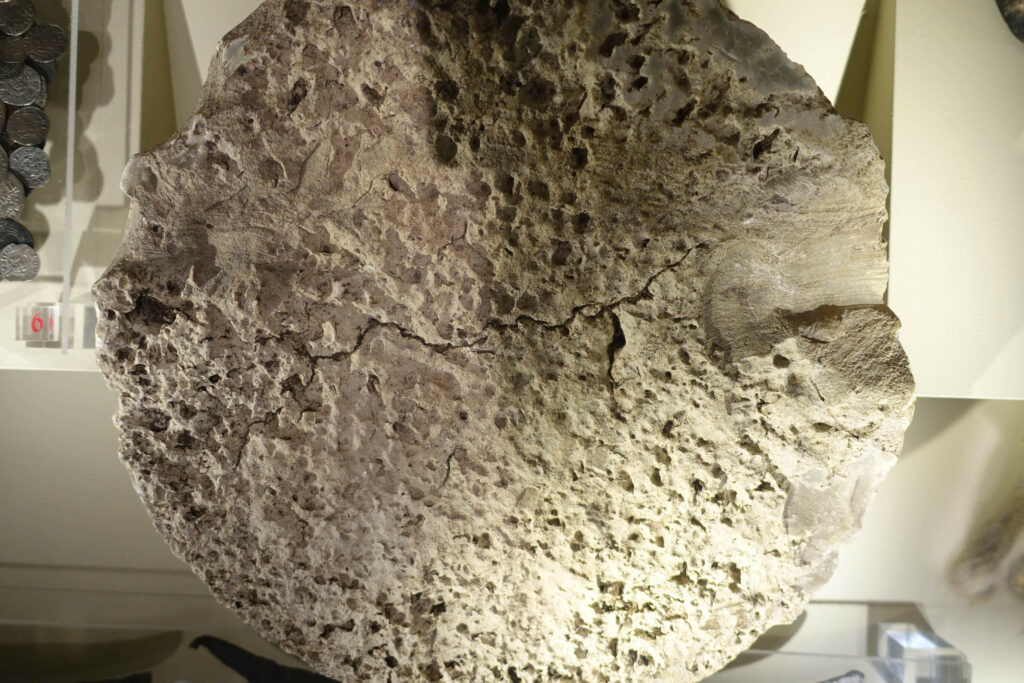
But we will cover the rich peasants later on, let’s get back to the topic of Visby. This harbor became a meeting point for the foreign merchants from Russia, Denmark and Germany, who didn’t dare to sail to their destination, the rich Novgorod, directly across the Baltic Sea, but rather learned to appreciate the stopover, where cloths and wine were traded in for furs, beeswax and Swedish iron, just to name the most important types of goods.

It is an eternal rule: Where there are merchants, jealousy about food is abundant and the competition a nuisance. The German merchants had behind them the capital power of the rising Hanseatic towns which maintained contacts to all important harbors of Northern Europe. The local traders, in turn, had better connections to the East. There were quite a few bloody noses until the different trading communities of Visby understood that it was of their best interest to join forces for strengthening Visby as trading post.

In the 13th century, Visby became a Hanseatic city – a privilege that was an advantage not only to the German, but also the Gotland merchants, as long as they lived in the city. The new favorite competitors were the peasant traders who didn’t want to bring their goods to Visby (and pay a good deal of fees), but rather departed directly from different harbors. The city wall which was built in 1270 was less a line of defense and more of an obstacle against bringing rural goods onto the urban market without passing through the city gate where the fees were levied. Visby wanted to economically subject the surrounding regions, which the far-traveled peasants understood good and well and fought against. In 1288, a civil war arose which, upon intervention by the Swedish king who ruled the island back then, was settled fairly peacefully. However, Visby had factually asserted its independence.
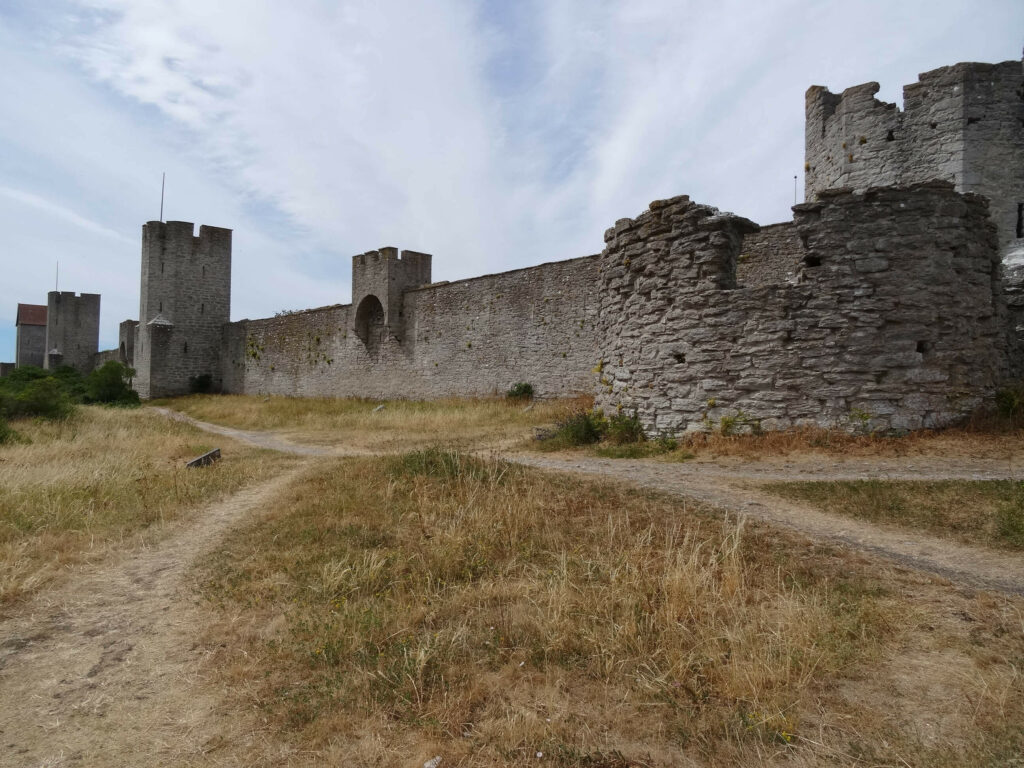
And that was when the city began to prosper. The small community that can be traversed on foot in a good half hour from East to West and in 20 minutes from North to South counted 15 churches. To walk around the impressive city wall that still completely surrounds the Old Town today, you need a good 90 minutes.
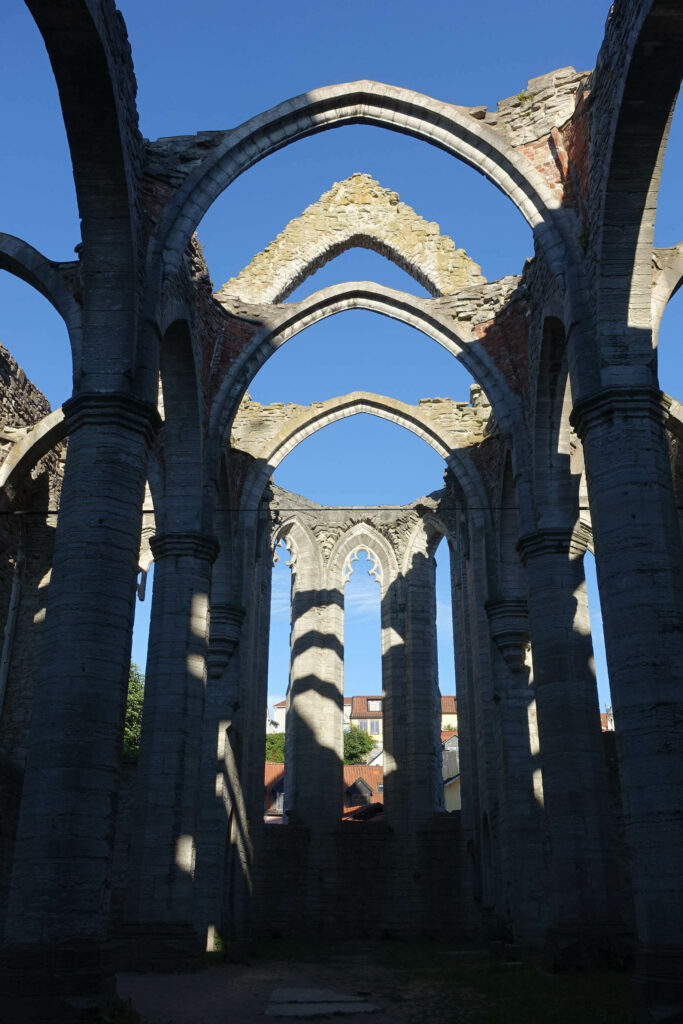
The fact that all the churches are in ruins today is kind of the Visby men’s own fault, for they were in part responsible for the downfall of Gotland as a trading power. In 1361, Waldemar Atterdag, King of Denmark, decided to subject Swedish Gotland to his rule. He went to Visby in order to conquer the city. It wasn’t Visby’s citizens, however, who fought to defend it, but the wealthy peasants. They put up an army and confronted the Danes, while the Visby merchants stayed safely behind their walls, not even opening them when the island’s defenders begged for shelter after a crushing defeat.
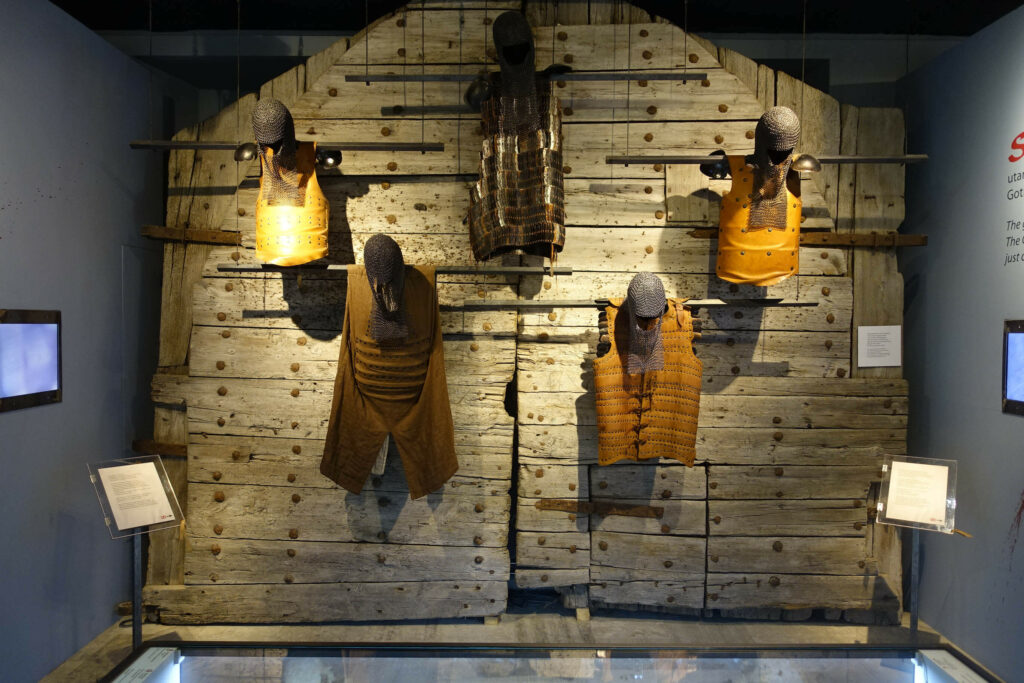

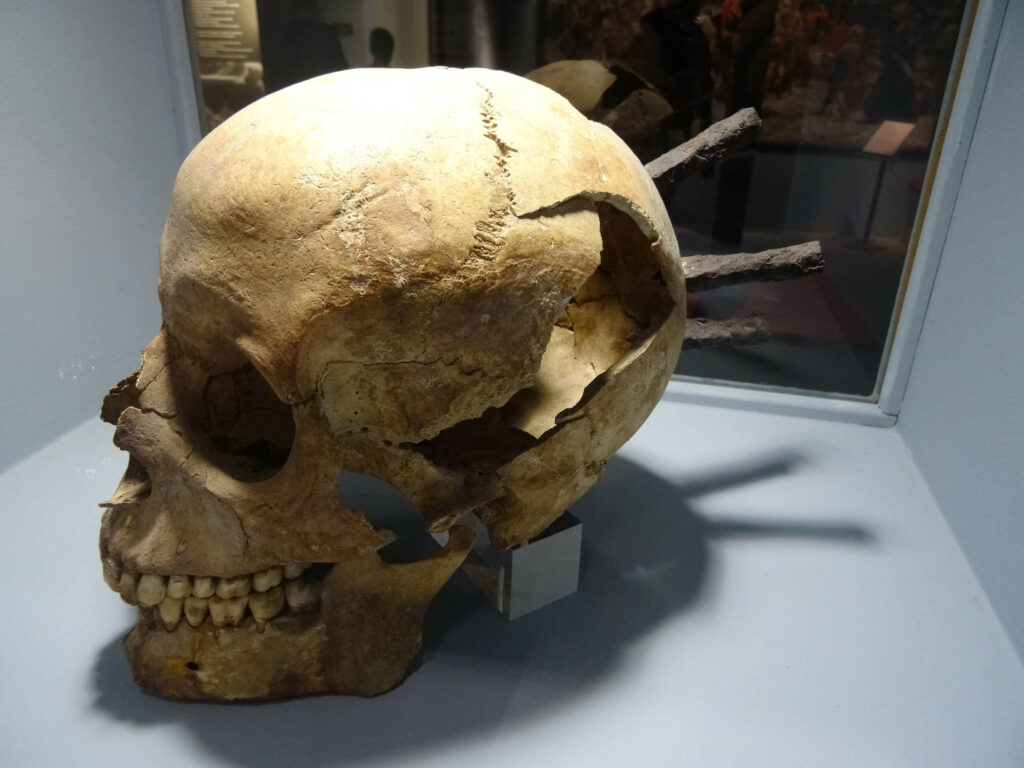
The result: About half of the male population of Gotland was killed; mostly peasants who until then had produced the food and local trading hits. Just how terrible that battle was can still be experienced today by visiting the highly recommended historical museum of Visby. There, the findings from the mass graves are on exhibition, where all the bodies were dumped into in order to prevent epidemics – the plaque of 1349 was still very much present in the people’s memory. Skulls pierced by shafts, cut-off legs, split bones: One died quickly when only wearing leather armoring instead of solid chain mail or even a robe fortified with iron plates, as the Danish enemies did.
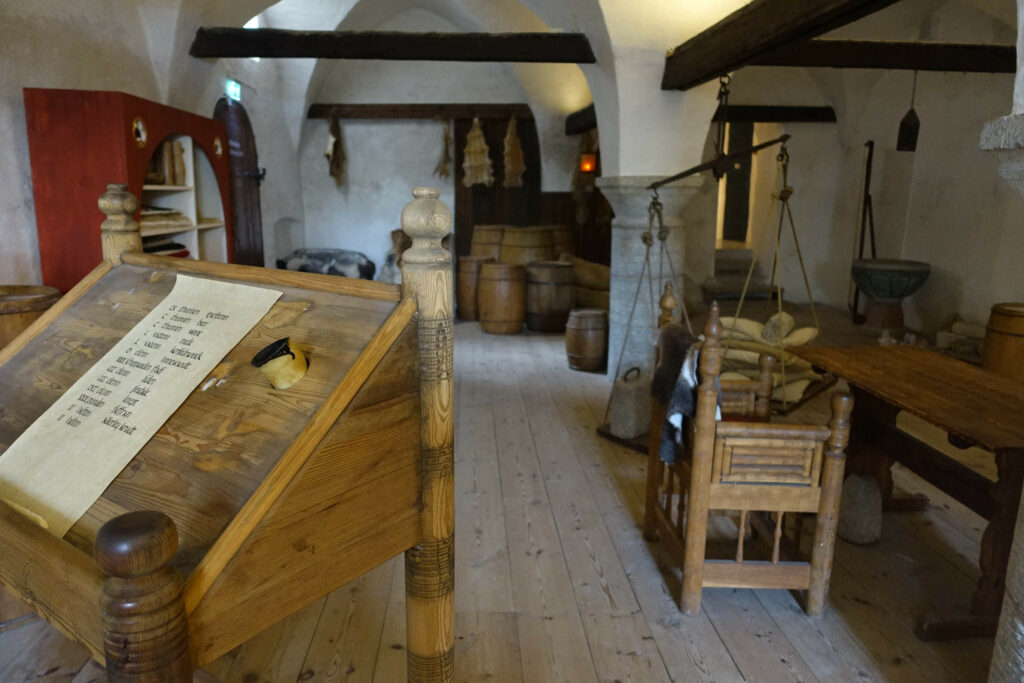
Visby got off quite well: It only had to pay a tribute, but got to keep the old trading privileges, whereas in the rest of the country, the wealthy farms were ransacked and burned.
Going forward, the King of Denmark skimmed off the better part of the trading profit. And in 1394, Visby even became a pirate’s nest, when the Victual Brothers settled here. In 1398 though, the Teutonic Order expelled them. But didn’t stay long either: In 1408, it was the Danes who seized power once more.
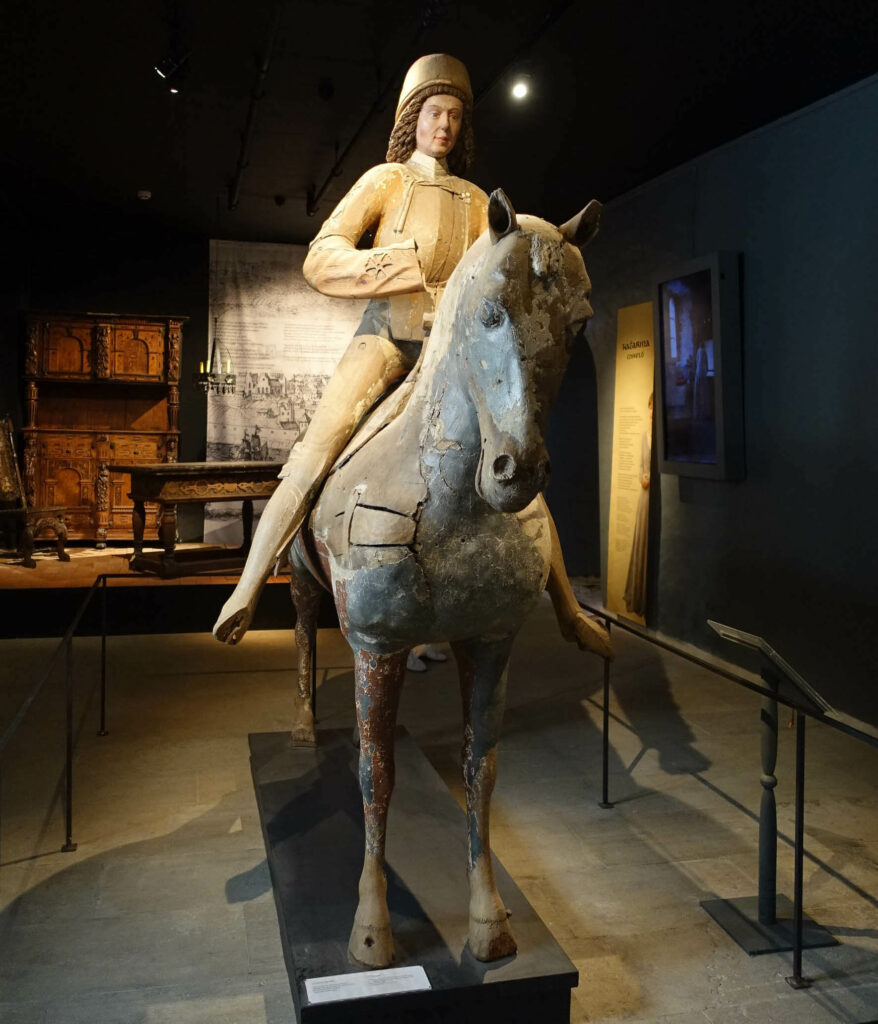
But gradually, Visby’s great times became a thing of the past. Trade was done via new harbors. The city lost its rank as center of the Baltic Sea. How much so becomes obvious by looking at the numerous church ruins. The Lübeckers are made responsible for that because of their attack in 1525, but more recent studies suggest it was rather a matter of neglect that led to the slow decay of these superfluous buildings.
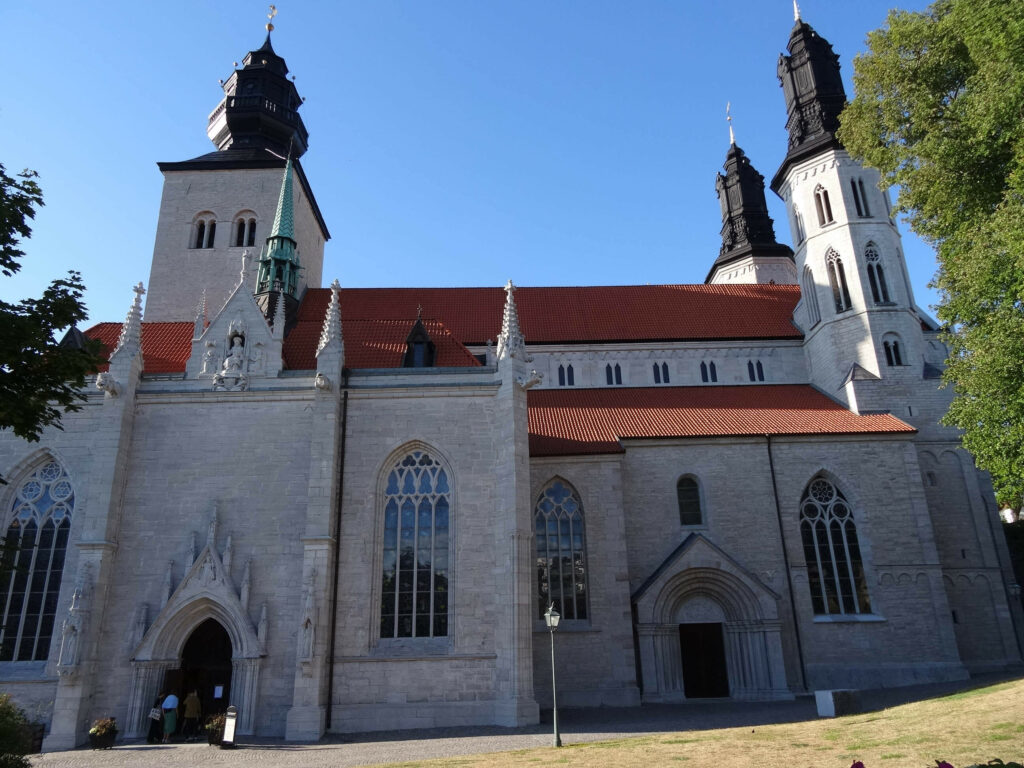
During the Renaissance, Visby only needed one cathedral, the former German church that was dedicated to Mary. It is the only one that was rebuilt, and – we love Swedish opening times during Midsommar – it was open until 8 p.m.
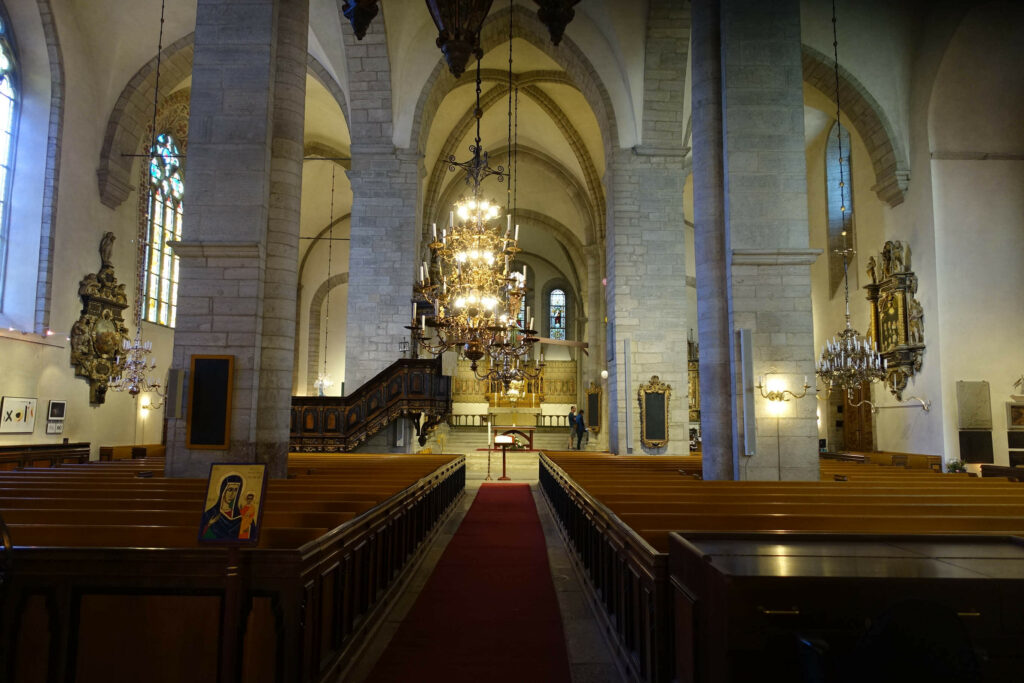
We could have pretty much felt like on German soil here, because the construction of the church was paid by the German merchants who came to Gotland. Thus, it is tightly linked to the history of the Hanseatic League. The Swerting chapel, for example, was built by Simon Swerting, the mayor of Lübeck, together with his brothers for their father Hermann Swerting, who once was mayor of Visby.
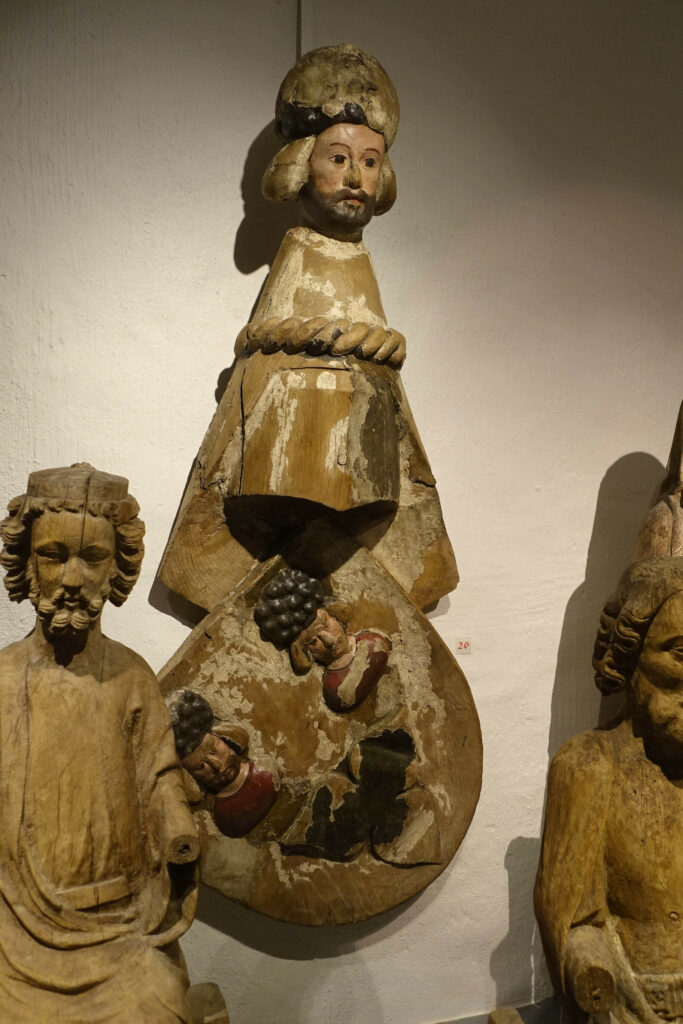
This Hanseatic merchant from Rostock had gotten caught in the crossfire between the mighty: Despite Danish rule, the Swedish king put pressure on Visby: The city was to pay a high tax to him, or else it would be pillaged. Hermann Swerting opted for the payment – and by doing so, annoyed the Danish king, who had him executed in 1342. He later payed a high indemnity to the sons, which didn’t bring the mayor back to life, but at least sufficed for a splendid chapel of atonement including maintenance for a clergyman.
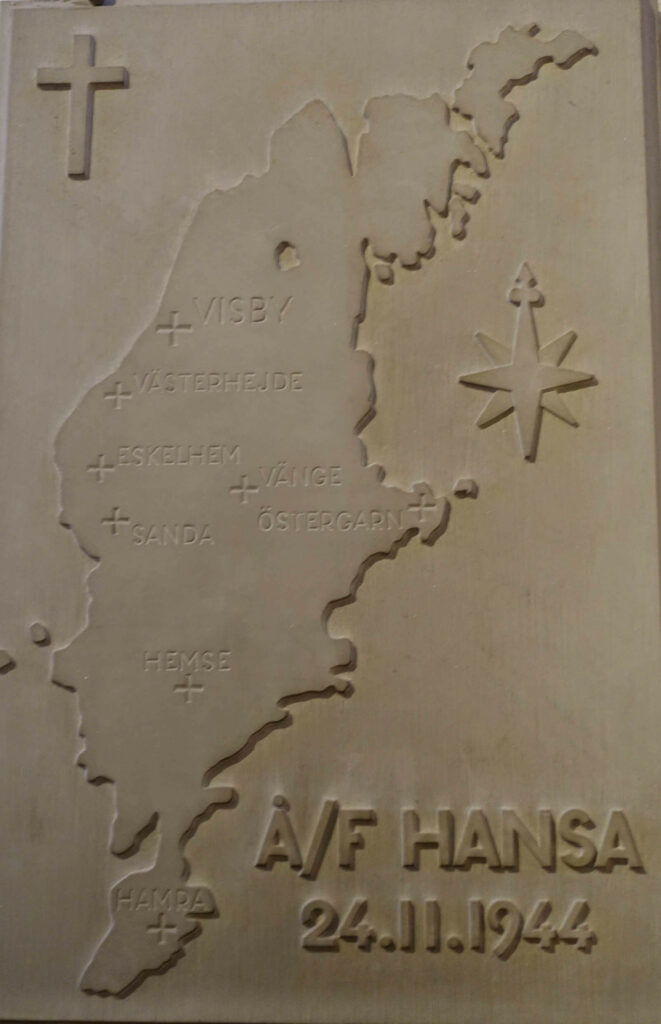
These days, this chapel is used as a memorial for victims of the sea. For example, it commemorates the victims of the SS Hansa, which, in 1944, was sunk not by a German submarine, for a change, but a Soviet one.

But the more recent disasters, too, take up ample space: like the sinking of the ferry Estonia in 1994 and the terrible tsunami of 2004.
If you want to find out more about the history of Visby and Gotland, you should definitely visit the historical museum, which, amongst others, is part of the Gotland Museum.
Which is exactly what we’re going to do next week, in the second and last episode of “Treasure Island”.
You will find all parts of our series about Sweden, its history and its coinage on this page.



